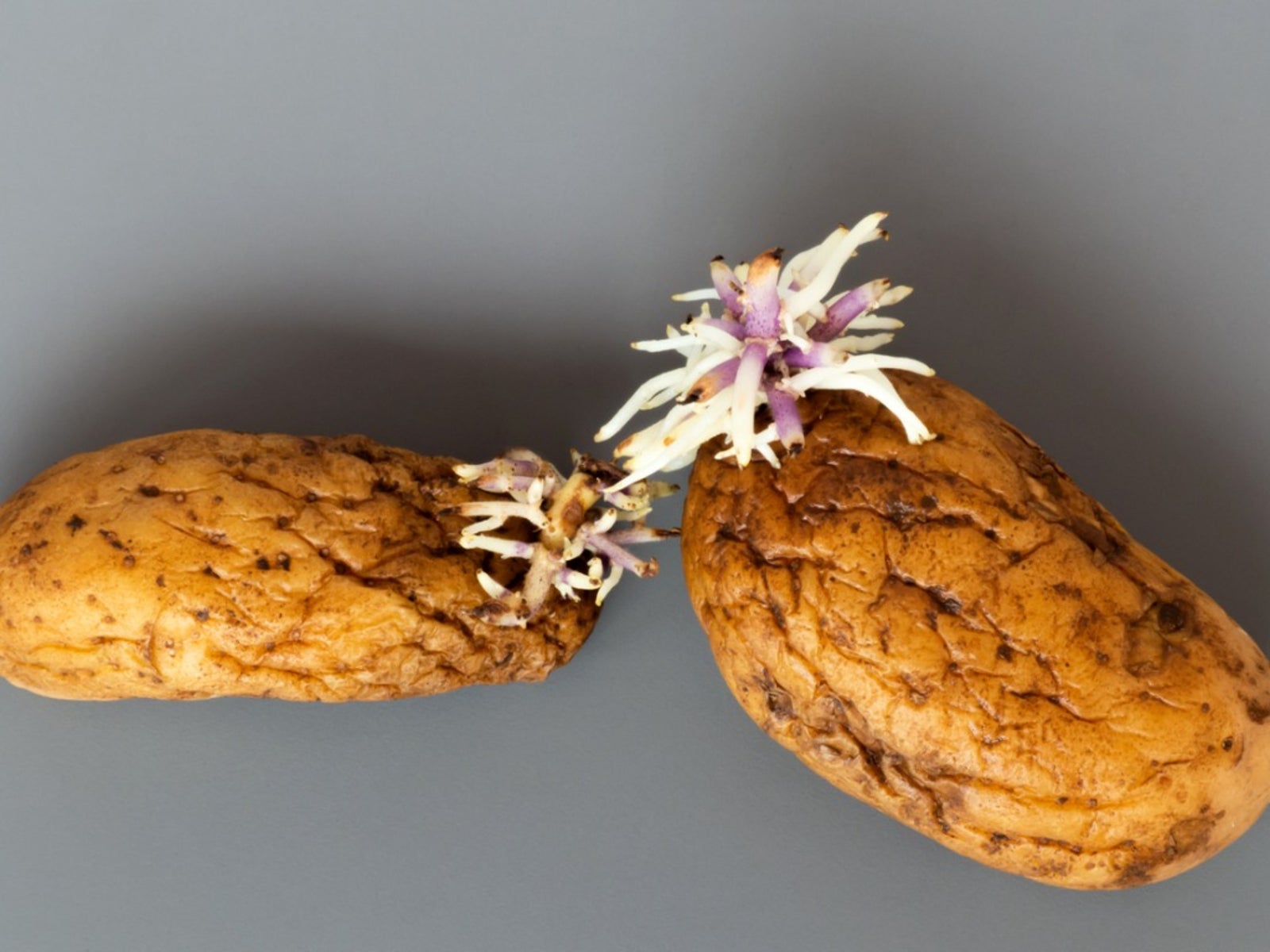Plant Propagation: Tips For Propagating Adventitious Roots


Plants need roots to provide support, food, and water, and as storage for resources. Plant roots are complex and are found in a variety of forms. Adventitious roots are among these various types of root forms, and may no doubt lead you to wonder, what does adventitious mean? Adventitious root growth forms off stems, bulbs, corms, rhizomes, or tubers. They are not part of traditional root growth and provide a means for a plant to spread without relying on underground root systems.
What Does Adventitious Mean?
Plants with adventitious roots have an extra edge on plants with traditional root systems. The ability to sprout roots from parts of the plant that are not actual roots means the plant can extend and propagate itself from several means. That increases its chance of survival and ability to grow and expand. Some examples of adventitious root systems might be the stems of ivy, the rhizomes of fast spreading horsetail, or the roots that form from aspen trees and links groves together. The main purpose for such root growth is to help provide oxygen to the plant. This is useful in areas prone to flooding, or where soils are poor and inhospitable.
Plants with Adventitious Roots
There are many types of plants that use adventitious roots to improve their chances of growth and survival. Oak trees, cypress, and mangroves are trees that use adventitious roots to help stabilize a grove, propagate, and share resources. Rice is a staple food source that grows and spreads through rhizomous adventitious roots. Ferns, club moss, and the already mentioned horsetail spread by underground stems that sprout adventitious roots. Adventitious root growth is extremely evident in strangler figs, which produce this type of root as a support. These roots can end up larger than the main tree and span larger plants, hugging them to support the fig as it strains towards the light. Similarly, the philodendron produces adventitious roots at each node, which help it climb and gather resources.
Propagating Adventitious Roots
Adventitious roots are produced from shoot cells. These form when stem cells or axillary buds change purpose and divide into root tissue. Adventitious root growth is often spurred by low oxygen environments or high ethylene conditions. Adventitious stems provide an important method of cloning and propagating various plants. Since roots are already on these stems, the process is even easier than rooting terminal growth. Bulbs are a classic example of a storage organism made of stem tissue, which produces adventitious roots. These bulbs produce bulblets over time, which may be divided from the parent bulb and started as new plants. Other plants with roots on surface stems are propagated by cutting a section of the stem with good root growth just below a node. Plant the root area in soilless medium, such as peat, and keep moderately moist until the roots grow and spread. Propagating adventitious roots provides a quicker method of cloning than cuttings, since roots are already present and no rooting hormone is necessary.
Gardening tips, videos, info and more delivered right to your inbox!
Sign up for the Gardening Know How newsletter today and receive a free copy of our e-book "How to Grow Delicious Tomatoes".

Bonnie Grant is a professional landscaper with a Certification in Urban Gardening. She has been gardening and writing for 15 years. A former professional chef, she has a passion for edible landscaping.